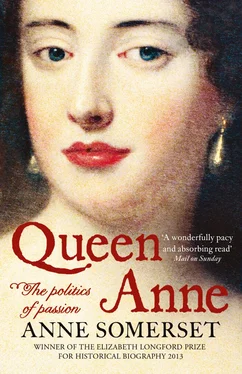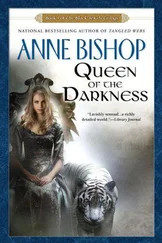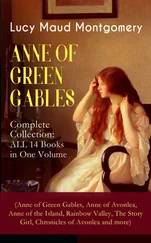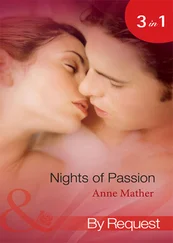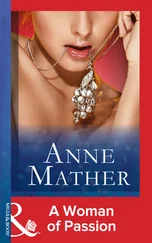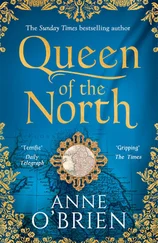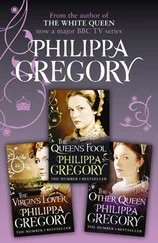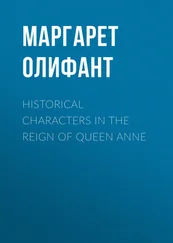1 ...6 7 8 10 11 12 ...20 Mary and Anne’s energies at this time were absorbed elsewhere with an acting project. In the autumn of 1674 the King had commissioned Thomas Crowne to write a masque to be staged at Whitehall, entitled Calisto, or The Chaste Nymph. Intended to rival the ballets and entertainments put on by Louis XIV in France, it was hoped that the masque would serve as an extravagant showpiece, in which ‘the splendour of the English monarchy will be seen’. The seven speaking roles were all taken by young ladies of the court. Anne’s sister Mary was given the role of the eponymous nymph, Calisto, while Anne played Calisto’s younger sister Nyphe. Even in this supporting role there were quite a lot of lines for a nine-year-old to master, but fortunately Anne had an excellent memory. Like other members of the cast, she was coached by Mrs Betterton, wife of the actor-manager Thomas Betterton. When Anne was a bit older the training she received at this point would be supplemented by lessons from another celebrated actress, Elizabeth Barry, who was credited with much improving her pupil’s diction. 71
On 22 February 1675 the masque was staged ‘in all its bravery and pomp’ in the presence of the King and Queen, foreign ministers and anyone else who had been able to secure seats. It was a lavish production, in which the elaborately costumed female performers appeared ‘all covered with jewels’. Basking in the audience’s ‘great applause’, the delighted author enthused that the success of the play owed much to the ‘graceful action, incomparable beauty and rich and splendid habits of the princesses’. 72
Crowne had based his plot on a story from Ovid, relating how the nymph Calisto, servitor of the Goddess Diana, had been raped by Jupiter after the latter gained access to her by impersonating Diana. For decency’s sake, Crowne toned down the story so that Calisto successfully fends off Jupiter’s advances, but the script still contained much sexual innuendo. In particular the scenes in which Jupiter, masquerading as Diana, tries to force himself upon the unwilling nymph have an erotic subtext. Calisto is overcome with shame and confusion at finding herself an object of sexual attention from a woman, and even expresses dread that, like Diana, she might become infected by a ‘strange uncommon’ malady that will prompt her to commit ‘some horrid act’. 73It is curious that Anne, whose reputation would later be compromised by allegations of lesbianism, should have appeared as a child in an entertainment which touched obliquely on such matters.
No one who when young had any experience of the Restoration court could be said to have had an entirely sheltered upbringing. Pepys memorably observed that there was ‘nothing almost but bawdry at court from top to bottom’. Marital infidelity was so much the norm that in her early teens Anne’s sister Mary would write nonchalantly to a friend: ‘in two or three years men are always weary of their wives and [go] for mistresses as soon as they can get them’. Perhaps it was the behaviour of her father which planted this idea, although the court was of course also swarming with Charles II’s paramours. Anne was well aware of their existence, and came to dislike the King’s principal mistress, the Duchess of Portsmouth. Mary and Anne were not insulated from the gossip and scandal that periodically engulfed the Duchess of York’s maids of honour, many of whom were themselves barely out of adolescence. 74
Far from being corrupted by their early environment, Mary and Anne both developed strong moral values and never lost sight of them. In view of their position, they were obviously less vulnerable than other young women at court, and in many ways they were carefully protected. One obvious precaution was to limit their exposure to predatory men, and at Richmond and London their social circle was almost exclusively female. Yet even here the princesses proved emotionally susceptible, developing schoolgirl crushes which, though innocent enough, had an intensity startling to modern sensibilities.
Anne and Mary of course relied upon each other for companionship, and were very close when young. Mary once referred to Anne as ‘a creature … so double dear to me’, insisting that she had always cherished her with ‘a love too great to increase and too natural not to last always’. In a melodramatic moment she wrote of her protective feelings for ‘the only sister I have in the world, the sister I love like my own life’. Mary was apt to think that Anne was too easily swayed by others, although, somewhat paradoxically, she also complained of her stubbornness, a character trait that manifested itself at an early age. As an adult Mary liked recalling an occasion when they had been walking in the park and began arguing about whether a distant object was a man or a tree. Mary insisted it was a man, and as they drew closer it became apparent that she had been right. Mary demanded, ‘“Now sister, are you satisfied that it is a man?” But Lady Anne, after she saw what it was, turned away, and persisting still in her own side of the question, cried out, “No sister, it is a tree”’. 75
The sisters’ social circle included Lady Frances Villiers’s six daughters, and their stepmother’s maids of honour. Among them was the future Duchess of Marlborough, Sarah Jennings, who in 1673, aged thirteen, had become a maid of honour to Mary Beatrice. Sarah was five years older than Anne, but she later claimed that this did not discourage them from playing together, and that Anne ‘even then expressed a particular fondness for me’. 76
In both Anne and Mary’s case, however, the friendship that meant most to them in their early teens was with Frances Apsley, daughter of Sir Allen Apsley, the Treasurer of the Duke of York’s household. The two of them wrote some remarkable letters to her, most of them undated, although the correspondence appears to have started around 1675, when Mary was thirteen and Frances Apsley was twenty-two. Mary’s letters are astonishingly ardent. She addressed Frances as ‘my dearest dear husband’ while styling herself ‘your faithful wife, true to your bed’. A typical effusion reads, ‘My much loved husband … How I dote on you, oh, I am in raptures of a sweet amaze, when I think of you I am in an ecstasy’. A little later Mary declares ‘I love you with a flame more lasting than the vestals’ fire … I love you with a love that ne’er was known by man; I have for you excess of friendship, more of love than any woman can for women’. 77
It is somewhat surprising that a woman of Frances’s age was happy to be the recipient of these fevered schoolgirl outpourings, but she gave the impression that she fully reciprocated Mary’s affection. She claimed to be as ‘lovesick’ as her teenage devotee, and that she had been moved to tears when she suspected Mary of wavering in her adoration. A year or so later, however, Mary and Frances’s relationship was disrupted when Anne – now aged about twelve – came between them ‘with her alluring charms’. After Frances wrote to Anne and gave her a ring, Mary accused Frances of having ‘forsaken me quite’. She lamented that Anne now possessed Frances’s ‘heart … and your letters too, oh thrice happy she! She is happier than ever I was, for she has triumphed over a rival that once was happy in your love’. Mary described sitting consumed with misery as Frances and Anne ‘whispered and then laughed as if you had said, now we are rid of her, let us be happy, whilst poor unhappy I sat reading of a play, my heart ready to break … It made me ready to cry but before my happy rival I would not show my weak[ness]’. 78
Ultimately the situation resolved itself. Even before going to Holland in 1677, Mary had ceased to be tormented with jealousy over Frances and Anne. After her marriage she continued to write to Frances, but in much more measured terms. She insisted she now had no objection to Anne’s having ‘some part’ of Frances’s love, confident that she herself still had ‘the greatest share of your heart’. 79
Читать дальше
